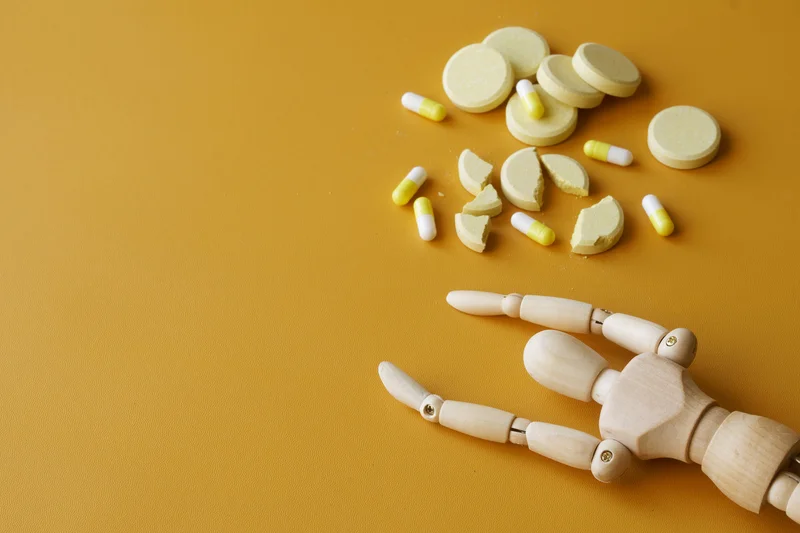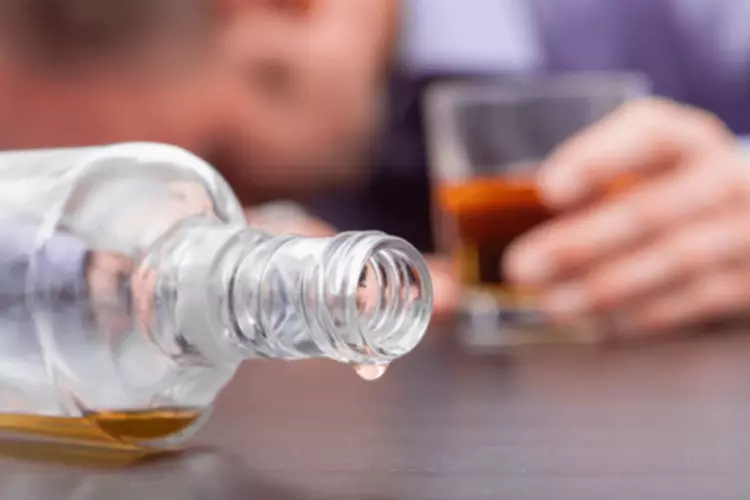What is Alcoholic Nose or Rhinophyma

Ascendant New York is here to help, offering drug rehab treatment to all five boroughs within New York City. That’s important because they can help manage any medications you might be taking to treat your condition and support any other underlying addictions you might be dealing with. Relying on alcohol can be a serious sign of addiction and that more underlying problems may further complicate your condition. Well, alcoholic addiction can make this condition worse and can increase your risks of certain complications while you have an Alcoholic’s nose.
The Cause Of Alcoholic Nose
- However, it is believed that rhinophyma is one of the worst forms of rosacea, and is the result of not treating a milder form of rosacea early on.
- As many as two out of three patients with rosacea experience flare-ups when they consume alcohol.
- Rhinophyma is more common in men than women, though people of all genders can develop the condition.
- As mentioned previously, the best way to prevent rosacea flare-ups caused by alcohol consumption is to stop drinking alcohol.
- Excessive consumption of alcohol may also lead to the development of spider veins on the face.
In people who already have rosacea and rhinophyma, this can mean an increase in inflammation, flushing, and the further progression of these conditions. Alcohol does not cause rhinophyma, but it can aggravate a rosacea flare-up. Rosacea flare-ups could contribute to continued growth of a bulbous nose. If rhinophyma continues to not respond to medication treatment, surgery will be needed. In surgery, the nose can be reshaped and certain layers of excess skin can be removed that obstruct airways.
Prescription Medications
Unfortunately, doctors are not yet clear on the direct cause of rhinophyma. It shows up more frequently in men than women and is drug addiction treatment common among those with fair skin and European ancestry. While the underlying causes aren’t fully understood, early treatment is considered the most effective solution. If inflammation is present because of a bacterial infection, then oral antibiotics such as tetracycline may be prescribed to manage the infection.
- When people with existing rosacea consume alcohol, their symptoms may become more pronounced, reinforcing the perceived connection between drinking and nasal changes.
- However, anyone can experience alcohol and non-alcohol-related rosacea it is just more likely in the above groups and people who persistently drink too much alcohol.
- Various environmental factors can trigger or worsen rosacea symptoms, potentially contributing to rhinophyma progression.
- Regular alcohol consumption may contribute to the progression of rosacea symptoms over time, potentially accelerating the development of rhinophyma in susceptible individuals.
- According to a survey of patients suffering from this skin condition, red wine is more likely to trigger flare-ups or worsen rosacea than other drinks.
Causes of Rhinophyma or “Alcoholic Nose”
The exact cause of rhinophyma is unknown beyond the fact that it is related to rosacea, and for some people who develop it, it can be a mystery as to why. It is most common in older white males above the age of 50, though rosacea can affect people of any age including children. Don’t let your addiction to alcohol keep you from getting the help you deserve. Contact a local treatment center in your area to find drinkers nose photos out what you need to do. If you don’t have insurance, they may be able to get you some financial assistance. Of course, stopping the consumption of all alcoholic beverages would be best.

Is A Big Nose A Sign Of Alcoholism?
The condition known colloquially as “alcoholic nose” or “drinker’s nose” is also known as rhinophyma. Rhinophyma is characterized by redness on and around the nose as well as an enlarged or lumpy appearance of the nose. While it’s true that alcohol use may trigger rosacea flare-ups, this does not mean that every person with rosacea will automatically develop rhinophyma.

Surgical treatments
- However, alcohol addiction can cause a person to neglect their health, which can mean side effects on any pre-existing health conditions, including rosacea.
- Gentle skincare practices are crucial for managing rosacea and preventing irritation that could worsen symptoms.
- These can help manage the symptoms of rhinophyma, especially in the early stages.
- Symptoms of Rhinophyma or drinker’s nose begin with swelling, redness and bumps on your nose.
- If you or someone you know is dealing with rhinophyma, whether or not alcohol use is also a concern, professional help is available.
- Understanding the actual connection helps dispel myths and reduce unfair stigmatization.
Addiction is complicated, and dealing with addiction and other conditions can be even more complicated. That means it’s even more important than usual to make sure you’re getting treatment and have extra help and support while dealing with the addiction. There are many ways to get help if you’re dealing with an addiction like alcoholism. Getting treatment might be even more important if you’re dealing with an Alcoholic’s nose or if you’ve gotten treatment for the condition in the past and had the condition come back. This can lead to further mental health issues, such as depression or anxiety, as well as an overall loss of pleasure in life.

Rhinophyma and Alcohol Treatment

We recently launched our in-app chatbot, Melody, powered by the world’s most powerful AI technology. Melody is here to help as you adjust to a life with less (or no) alcohol. ‘Alcoholic face’ or ‘puffy face’ is a result of the dehydrating effects of alcohol. It may be encouraging to know that approximately 90 percent of individuals with rosacea reported that limited alcohol intake helped to significantly decrease sudden outbreaks. However, it is believed that rhinophyma is one of the worst forms of rosacea, and is the result of not treating a milder form of rosacea early on.
Medical Treatment Options
Over the years, several quirky and interesting terms for alcoholics’ noses took off and became popular to refer to people with larger or purplish-red noses. Unfortunately, the medical definition for it faded into doctors’ circles as the term alcoholic nose took off in modern society. He was a heavy drinker and was known throughout his social circles to be an alcoholic. He had a large, bulbous nose that he referred to as his “gin blossoms,” presumably from the amount of gin he drank. Since everyone has different levels of sensitivity to alcohol, those suffering from rosacea will have to test and build their own boundaries to avoid severe flare-ups of alcoholic nose.
Our inpatient rehab programs can address alcohol use disorders while coordinating with dermatologists and other specialists to manage related medical conditions. Successful rosacea management begins with identifying individual trigger factors and developing strategies to avoid or minimize exposure. Various environmental factors can trigger or worsen rosacea symptoms, potentially contributing to rhinophyma progression. Sun exposure is one of the most significant triggers, with ultraviolet radiation causing inflammation and blood vessel damage that can worsen rosacea over time. Genetic factors influence how the immune system responds to various triggers, how blood vessels react to stimuli, and how the skin produces and maintains collagen and other structural proteins. These genetic variations explain why some people develop severe rosacea while others with similar lifestyles and exposures do not.
Outpatient Treatment
For individuals with rhinophyma who also struggle with alcohol abuse, addressing alcohol use is an important component of comprehensive treatment. While genetic predisposition cannot be changed, various lifestyle modifications can help prevent rosacea flares and potentially slow the progression to rhinophyma. Low-dose doxycycline (40mg daily) has been specifically approved for rosacea treatment and provides anti-inflammatory benefits without antimicrobial effects.
